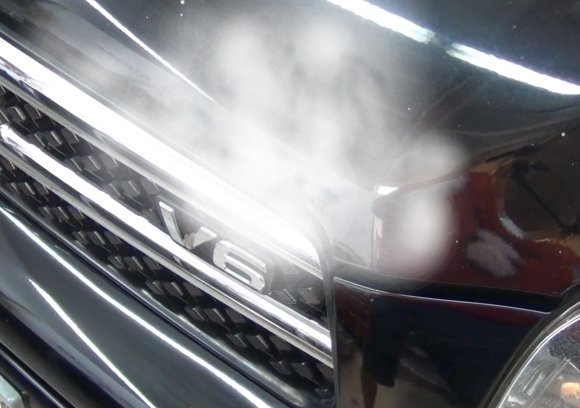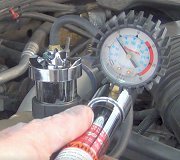Hi. I have a 2001 Toyota Camry LE V6 one owner with 54,000 original miles. It had the original radiator (Denso brand) and original radiator coolant (Toyota Red) in it which checked out ok, but I figured after this many years it's time to change it with some new Toyota red. So a friend that has a garage and owes me said he would do it. He drained the original radiator and I showed him the other 2 spots to drain on the block... front and rear. I mixed at about 60 red to 40 distilled water adding a total of about 2.4 gallons (9.2 liters). In the days after this job was done I saw some fluid underneath the car on the garage floor. At first I blew it off as the old fluid still hanging around on the plastic shield under the radiator dripping down. Nope... it was an actual leak and as it got worse I noticed the entire top seam of the radiator was wet. I initially blew it off as a coincidence being that it was the original radiator. So I ordered a brand new Denso radiator ( Denso 221-0502 ) and he did the job again. A few days later the same thing... it appears this new radiator is leaking in the same exact spot... at the top seam. It is very wet there and I started to think about things... He used a tool to suck the air out and suck the new fluid in. One similar to this... http://tinyurl.com/lu45xgx
Do you think this tool is sucking too hard and breaking the seams of TWO radiators? It's the only thing I can think of. I don't know what else would have caused this unless the first radiator went coincidentally and the second one is defective? What are the chances? I am frustrated. Fixing something that wasn't broken to begin with, BUT the coolant was from 2001. I don't know, but I need to get to the bottom of this. Help is GREATLY appreciated! Thank you.
SPONSORED LINKS
Tuesday, February 11th, 2014 AT 3:49 AM



